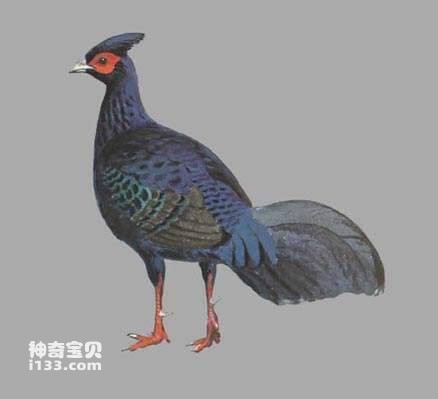
Lophura × imperialis, one of the world's rarest chickens, was discovered in the 1920s, but only a few individuals were found in Vietnam in the 1990s.Jean Theodore Delacour discovered a live specimen of a pair of golden Pheasants in 1923 and brought it to Europe. They were not discovered until 1...
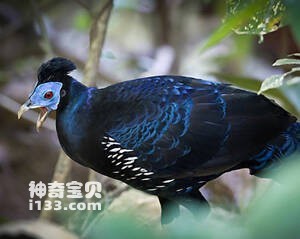
Malay Crested Fireback (Lophura rufa), a single species without subspecies differentiation. The Malay Pheasant was once a subspecies of the Pheasant, but was classified as a separate species in 2014.Malay crested pheasants are often active alone or in pairs. It is most active in the early morning or...
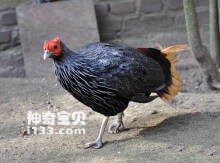
Bornean Crestless Fireback (Lophura pyronota), a single species without subspecies differentiation. It was once a subspecies of Pheasant's Pheasant, but was classified as a separate species in 2014.Bornean pheasants are often found alone or in pairs. It is most active in the early morning or eve...

Lophura inornata (Salvadori's Pheasant), usually in small groups of three to six individuals, either alone or in pairs. In winter, there are sometimes as many as 16-17 clusters. Especially in the early morning or evening the most active, poor activity at noon, night more perches in trees. Activi...

Lophura ignita is a medium pheasant measuring 70cm in length. The pheasant's pheasant mainly eats plants, fruits, and small animals. The female will lay four to eight eggs at a time, which are milky white.Due to continued habitat loss and excessive hunting, the Pheasant's pheasant has been l...
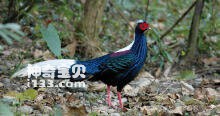
Lophura erythrophthalma, often alone or in pairs or in small groups of 3-6 individuals. In winter, there are sometimes as many as 16-17 clusters. Especially in the early morning or evening the most active, poor activity at noon, night more perches in trees. Activities often strut, act alert, run qui...
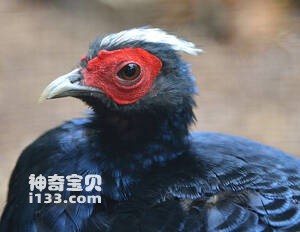
Lophura edwardsi Edwards' s Pheasant, there are 2 subspecies.Lopheus is a mysterious bird that has rarely been observed in the wild, so little has been documented about its biology and ecology, including details of its diet. Mating and nesting behaviors have not been observed in the wild, only i...

Siamese fireback (Lophura diardi) is a medium pheasant.Thai pheasants usually live alone or in small groups of three to six individuals. In winter, there are sometimes as many as 16-17 clusters. Especially in the early morning or evening the most active, poor activity at noon, night more perches in...
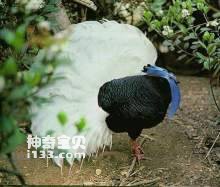
Lophura bulweri, also known as Bulwer's Pheasant, is a pheasant native to Borneo Island.A small flock of three to six individuals, usually alone or in pairs. In winter, there are sometimes as many as 16-17 clusters. Especially in the early morning or evening the most active, poor activity at noo...
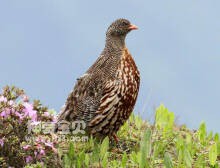
Snow Partridge (Lerwa lerwa) has three subspecies.Snow quails are good at walking and gliding, and often slide from one hill to another when they encounter enemies. As he walked on the ground he seemed to waddle, to stagger, to be ridiculously awkward. Their feather color is consistent with the surr...

The Green fowl (Gallus varius) is a foreign name, Green Junglefowl, without subspecies.Green roosters live not far from the coast and valley of the sea, rice fields and the surrounding dry rocky jungle. Standing in the bush all day, leaving only in the morning and at night. In pairs or small groups...
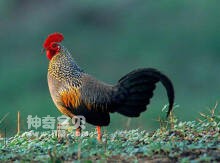
The Grey fowl (Gallus sonneratii) is known as Grey Junglefowl and has no subspecies.Grey roosters, like many pheasants in the tropics, forage for food only in the morning and evening. Hiding in the woods during the hottest hours. On cloudy days, however, activities are held throughout the day. The b...
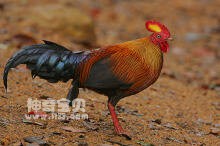
The black-tailed fowl (Gallus lafayetii) is Ceylon Junglefowl, no subspecies.The black-tailed pheasant is a species of pheasant, but is most similar in appearance to the grey pheasant and pheasant. The black-tailed pheasant, like the green pheasant, is an island species, evolving alongside predators...
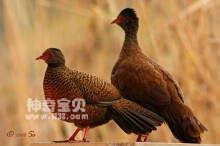
Galloperdix spadicea, also known as Red Spurfowl, is a timid bird that moves close to the tree canopy. Often in pairs, they search for food around streams or on the edge of cliffs in dry forests. In a dangerous situation, he will pull his legs close to his neck and even jump from rock to rock on a h...
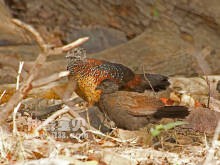
Galloperdix lunulata: Painted Spurfowl, no subspecies.Painted quails are timid birds that move close to the tree canopy. Often in pairs, they search for food around streams or on the edge of cliffs in dry forests. In a dangerous situation, he will pull his legs close to his neck and even jump from r...
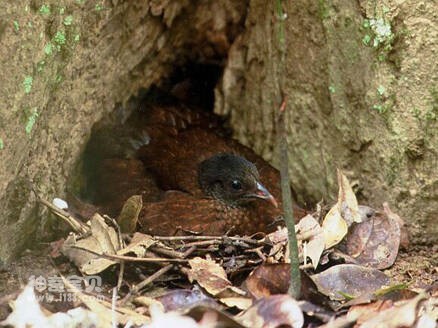
The Sri Lankan Galloperdix bicalcarata, also known as Ceylon Spurfowl, is a timid bird that moves close to the canopy. Often in pairs, they search for food around streams or on the edge of cliffs in dry forests. In a dangerous situation, he will pull his legs close to his neck and even jump from roc...
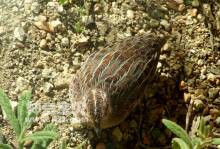
Coturnix pectoralis (also known as Pectoral Quail) is a quail that often travels in pairs rather than flocks. It is often active in the plains, wastelands, streams and hillsides where dense weeds or undergrowth grow, and sometimes near arable land. Mainly eat weed seeds, beans, grains and berries, y...
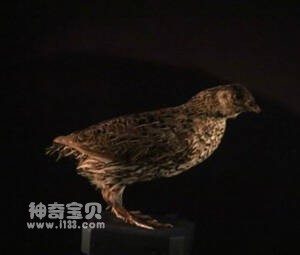
New Zealand quail Coturnix novaezelandiae (New Zealand Quail), little is known about New Zealand Quail, only from a person named Buhler collected a painting of New Zealand quail to imagine their posture, and from the habits of brown quail to guess the daily life of New Zealand quail: They usually li...

The Quail's scientific name is Coturnix delegorguei, and its foreign name is Harlequin Quail, and they often move in pairs rather than groups. It is often active in the plains, wastelands, streams and hillsides where dense weeds or undergrowth grow, and sometimes near arable land. Mainly eat wee...